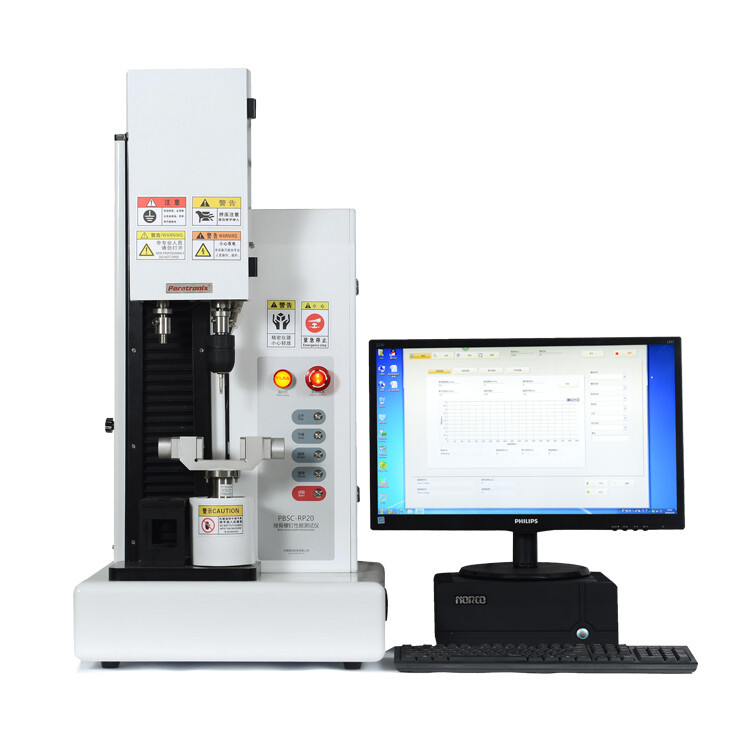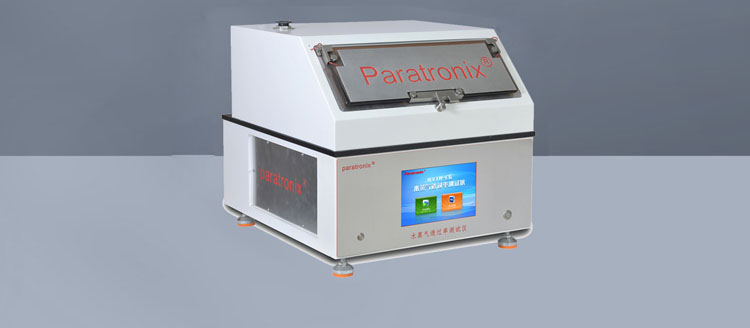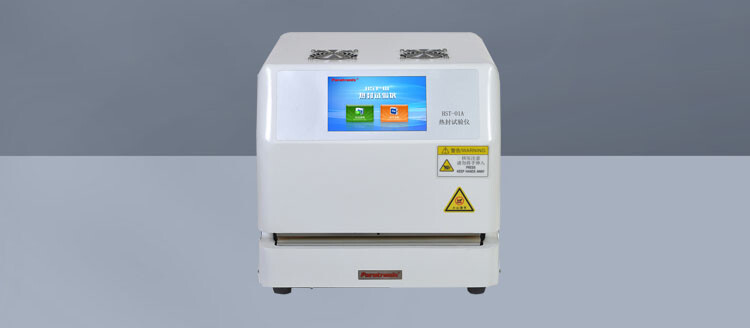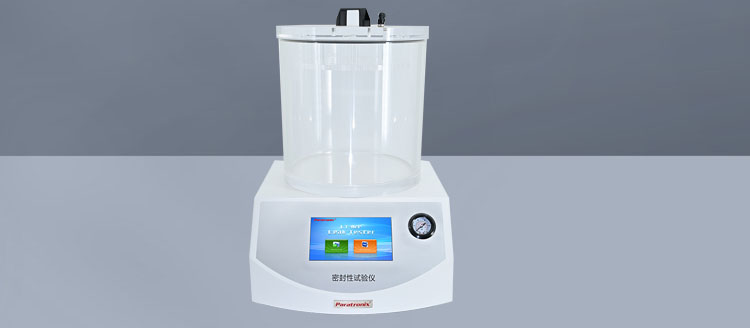Recent Posts
 Maintenance methods for thin film thickness detection instruments2025-12-15
Maintenance methods for thin film thickness detection instruments2025-12-15 Method for detecting the opening tension of food chain self sealing bags2025-12-03
Method for detecting the opening tension of food chain self sealing bags2025-12-03 Packaging industry testing instrument - moisture permeability tester2025-11-26
Packaging industry testing instrument - moisture permeability tester2025-11-26 What testing instruments are used for testing the heat sealing performance of thin films?2025-11-20
What testing instruments are used for testing the heat sealing performance of thin films?2025-11-20 Precautions for using negative pressure seal detector2025-11-10
Precautions for using negative pressure seal detector2025-11-10
ASTM F543 is a critical standard developed by ASTM International, outlining specifications and test methods for
metallic bone screws used in orthopedic and trauma surgeries. These screws are essential for fracture fixation, spinal
fusion, and other reconstructive procedures. The standard ensures their mechanical performance, safety, and reliability.
Scope and Importance
ASTM F543 covers:
Material Requirements: Specifies acceptable metals (e.g., stainless steel, titanium alloys).
Dimensional Criteria: Defines screw geometry (diameter, pitch, length).
Mechanical Testing: Evaluates performance under surgical conditions.
Testing instrument:PBSC-RP30 Bone screw performance tester
![]()

Key Test Methods
Axial Pullout Strength (F543-17): Measures screw resistance to extraction from a material simulating bone.
Torsional Yield Strength (F543-21): Assesses the torque required to cause plastic deformation.
Bending Strength (F543-23): Evaluates resistance to bending forces.
Drive Recess Integrity (F543-24): Tests the screw head’s durability during insertion.
Clinical Relevance
Compliance with ASTM F543 ensures screws withstand physiological loads without failure. Surgeons and manufacturers
rely on this standard to optimize screw design and material selection, improving patient outcomes.
Conclusion
ASTM F543 plays a pivotal role in standardizing bone screw performance, enhancing surgical success, and advancing
orthopedic innovation. Regular updates reflect evolving medical technology and biomechanical research.
Leave A Reply
Search by Keywords





